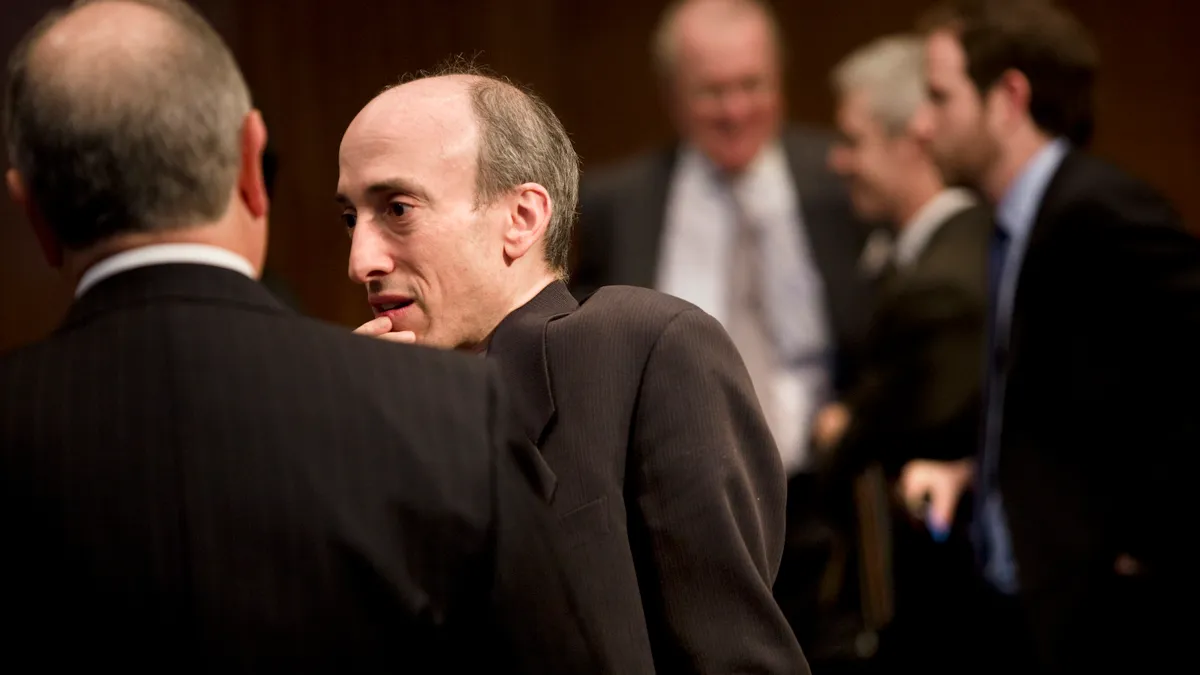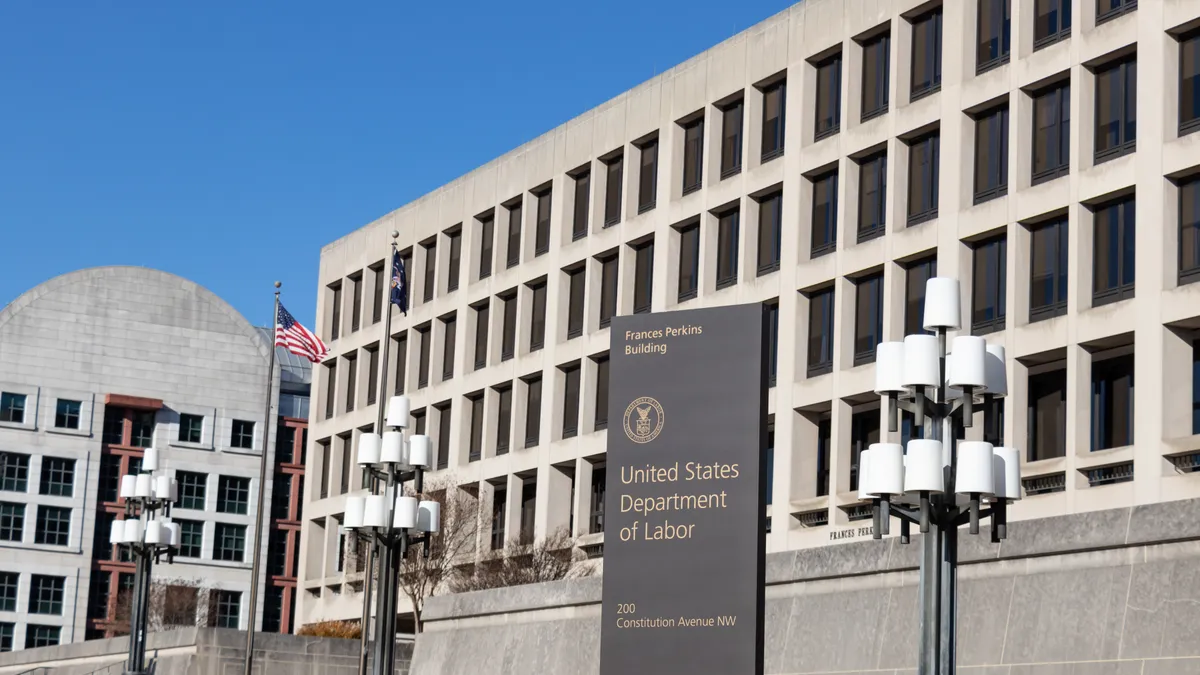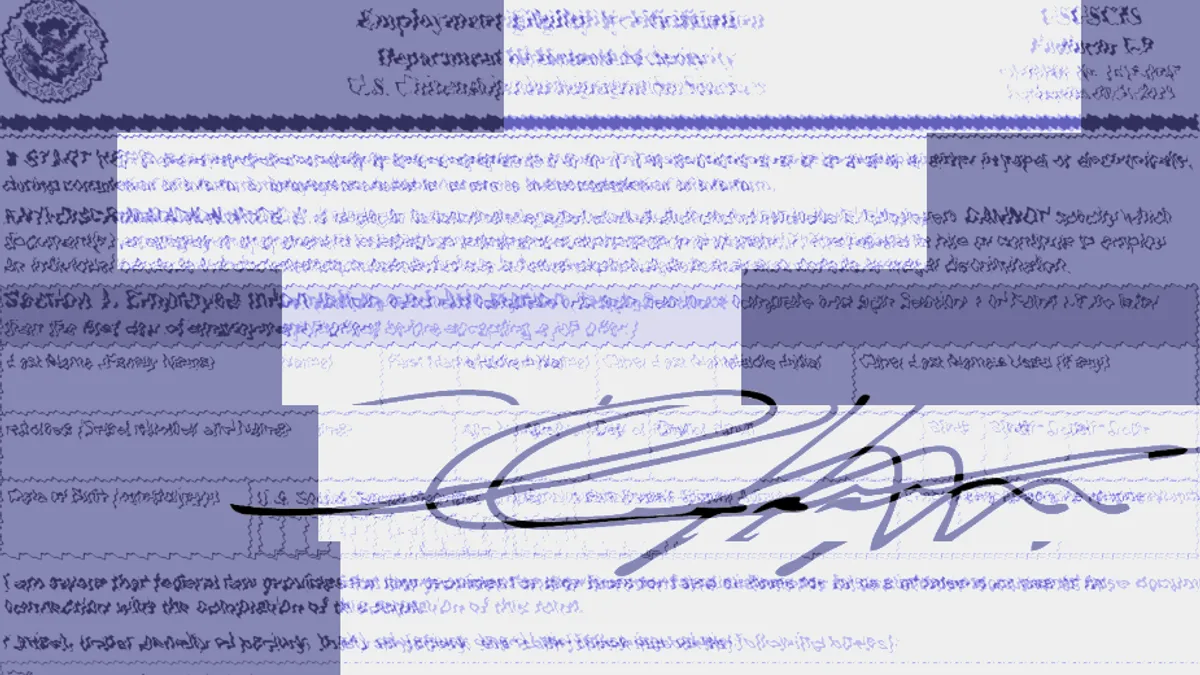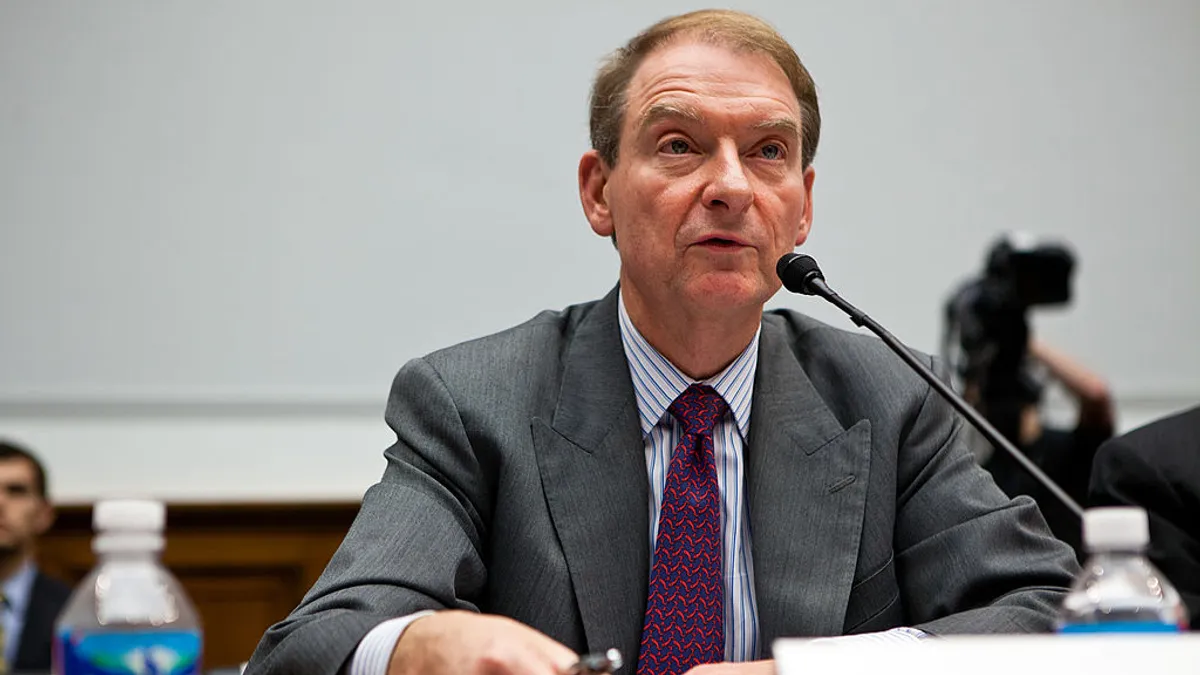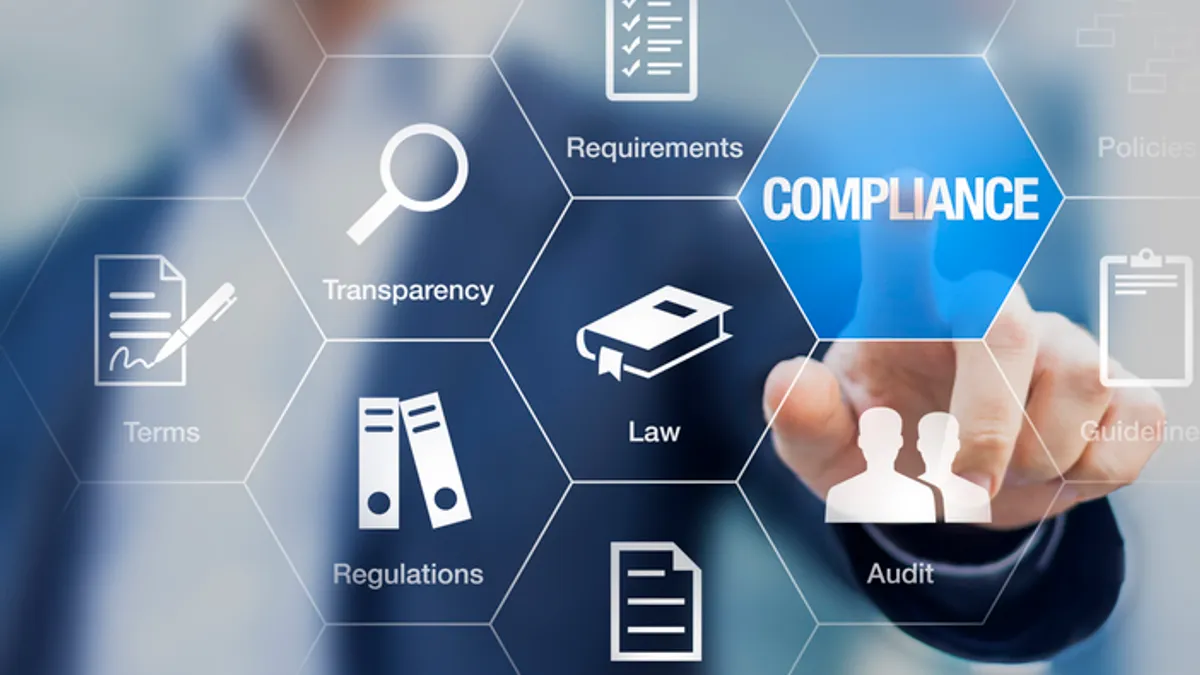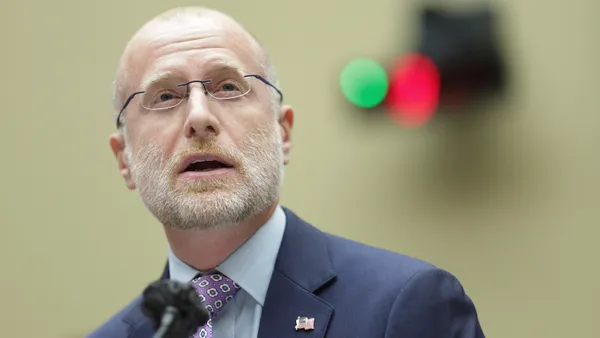The 5th Circuit this week shut down the Securities and Exchange Commission’s controversial buyback disclosure rule, but the agency is likely to try other means to curb companies’ stock repurchases, Frank Zarb of Proskauer Rose says.
“SEC staff will seek to press issuers through interpretive guidance and the filing review process to provide more disclosure about their buy-back programs,” Zarb says in a National Law Review analysis of the vacatur decision. “The Enforcement Division will likely also continue to be on the lookout for potential new cases involving buy-back programs.”
The rule, a priority under SEC Chair Gary Gensler, pictured above, was set to go into effect at the end of October but the agency postponed the date after the U.S. Court of Appeals for the 5th Circuit found the rule to be arbitrary and capricious and in violation of the Administrative Procedures Act, in part for not conducting a cost benefit analysis.
The court gave the SEC 30 days to correct the defects, a deadline the agency said it couldn't meet, setting up the court’s decision this week to vacate the rule in notably harsh language.
“The SEC claims to have “worked diligently to ascertain the steps necessary to comply with the Court’s remand order,” the court said in its Dec. 19 order. “Yet the agency has nothing to show for its efforts. It returns to this court empty-handed.”
The rule has been controversial from the start. The Chamber of Commerce, whose lawsuit led to the court order, said the rule would open the door to the SEC micromanaging companies’ strategic decisions by discouraging buybacks even when executives think it's in their company’s best interests.
“The SEC’s stock buyback rule doesn’t protect investors,” U.S. Chamber Executive Vice President and Chief Policy Officer Neil Bradley argued when his organization sued the SEC in May. “Instead, it puts the thumb on the scale to discourage buybacks despite the fact that the repurchasing of shares improves returns for savers and investors across the economy.”
On the other side of the argument, public interest groups and many lawmakers in Congress, as well as policymakers in the Biden administration, say the use of buybacks has grown so much in recent years that executives and big investors appear to be enriching themselves at the expense of productive investment.
“Americans need to know that instead of raising wages, scaling up production and investing in research and development, corporate executives spend billions on buybacks that enrich themselves and Wall Street,” Sen. Sherrod Brown (D-Ohio), chair of the Senate Banking Committee, said in a statement after the SEC approved the stock repurchase regulation.
Brown sponsored legislation as part of the Inflation Reduction Act to impose a 1% tax on repurchases and has since sought legislation to raise that to 4% in an effort to curb their use.
Without a doubt, the use of buybacks has grown in recent years, rising to more than $1.25 trillion in 2022 from $950 billion in 2021 and half of that in 2020.
Although the rule doesn’t stem repurchases, it would effectively curb them by forcing companies to make detailed disclosures of their buybacks to the public.
“Investors are not getting the transparency on stock buybacks they deserve,” Robert Jackson, a New York University law professor and former SEC commissioner, told Bloomberg Law.
Among its provisions, the rule requires disclosure of daily stock repurchase activity, including number of shares and at what average price, on a quarterly or semi-annual basis, depending on the type of company.
It also requires companies to indicate whether certain executives and directors traded in securities in the four business days before or after the announcement of a repurchase plan. They also must describe in a narrative format the objective or rationale for a buyback and the criteria for determining the amount of repurchases.
The SEC isn’t likely to appeal the 5th Circuit decision, Zarb believes. More likely, the agency will go back to the drawing board to re-propose the rule with changes that address the court’s concern by including a cost-benefit analysis and a more thorough justification for why the rule’s needed, among other things.
“The realistic options appear to be commencing a new process to propose and adopt new rules or to abandon the rule-making project for the time-being,” Zarb says.
Although curbing buybacks appears to be an SEC priority, whether the agency has the staff bandwidth to redo the rule while it has other rulemaking priorities on its plate is a big question, analysts told Bloomberg Law.
“This is all about how much the SEC wants this rule versus how much they have to do,” Richard Alsop of Shearman & Sterling said.
The SEC told Reuters it hasn't yet decided what it will do. "In terms of next steps related to share repurchase disclosures, any staff recommendation will be presented to the commission," a spokesperson said.
For now, though, this is one big compliance burden companies don’t have to worry about.
“Having one less new matter to worry about for the coming reporting season will doubtless be viewed as a nice holiday treat by most issuers,” Troutman Pepper lawyers said in an alert to their clients.



